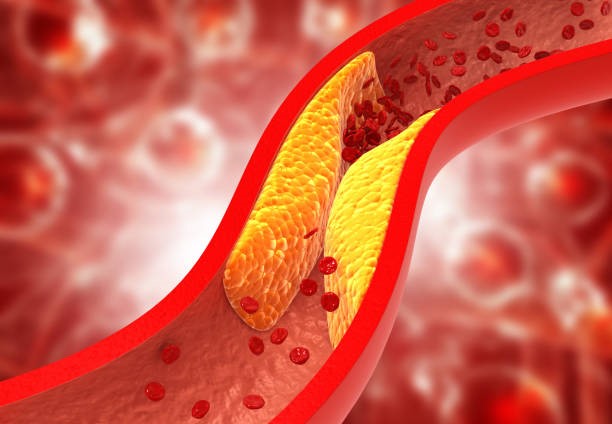Health Conditions
Unraveling the Origins of Artery Disease
In terms of cardiovascular health, artery disease—more especially, atherosclerosis—represents a serious threat. Investigating the etiology of this illness is essential to understanding its complexity and creating more potent treatment plans. We shall travel through the complex process of atherosclerosis in this essay, illuminating its fundamental causes and processes.
Atherosclerosis Defined
Our arteries are invaded silently and slowly by atherosclerosis. It begins with the internal walls being increasingly clogged with fatty substances such as cholesterol. These deposits, known as plaques, restrict the passageways that our vital blood may go through, acting as obstacles. Think of it as a stream that is progressively clogged with debris. If this process carries on, it may result in serious outcomes similar to a dam breaching, such as heart attacks or strokes. Gaining an understanding of atherosclerosis is essential to averting these harmful occurrences and preserving the long-term health of our hearts.
The Role of Cholesterol
Often viewed as the bad guy, cholesterol is a major contributor to atherosclerosis. But it’s a story of two kinds. High-density lipoprotein, or “good” cholesterol, is like a brilliant knight in armor. It keeps our arteries free of excess cholesterol by scavenging it. Conversely, low-density lipoprotein (LDL), which goes by the moniker “bad” cholesterol, acts more like a nuisance. An army of plaque builders is sent against our artery walls when our LDL cholesterol levels are raised. In the end, this accumulation may cause our essential blood vessels to constrict, creating the conditions for possible cardiovascular catastrophes. Maintaining the health of our hearts requires an understanding of this equilibrium.
Inflammation: A Key Player
An important factor in the development of atherosclerosis is inflammation. The endothelium, the thin inner lining of our arteries, is where it all begins. This lining initiates an inflammatory response by sending out a distress signal when it is harmed. White blood cells and other immune defenders swarm to the site in an attempt to seal the wound. With atherosclerosis, on the other hand, this immunological reaction may become erroneous and persistent. It unintentionally promotes the development of those bothersome plaques rather than aiding in their repair, perhaps leading to cardiovascular issues. It is essential to comprehend this inflammatory interaction in the fight against atherosclerosis.

Oxidative Stress and Free Radicals
One important component of the atherosclerotic process is oxidative stress. It depends on an imbalance in our system between two forces: antioxidants and free radicals. These hyperactive chemicals, called free radicals, can seriously damage cells, particularly the ones that line our arteries. This attack initiates the chain reaction that leads to the creation of those problematic plaques. Fighting oxidative stress is a crucial front in the fight against atherosclerosis, emphasizing the need of an antioxidant-rich diet and other lifestyle modifications to maintain this delicate equilibrium.
Hypertension: The Silent Saboteur
Hypertension, or elevated blood pressure, is a prevalent co-morbidity among those who have atherosclerosis. High blood pressure’s continuous pressure on the artery walls may weaken them and make them more prone to plaque accumulation. Furthermore, hypertension accelerates the atherosclerotic process by intensifying oxidative stress and the inflammatory response.
Genetics: The Underlying Blueprint
Atherosclerosis is significantly influenced by genetics. There are some hereditary components that might increase a person’s vulnerability to this illness. Analyzing a patient’s family history can provide important insights into their susceptibility and assist in customizing preventative and therapeutic approaches, guaranteeing a more focused and efficient approach to controlling atherosclerosis. This emphasizes how critical it is to understand one’s genetic predispositions and incorporate them into a more comprehensive plan for reducing the risk of heart disease.
Understanding the roots of artery disease empowers us to take charge of our overall health. This knowledge equips us to make informed decisions about how we care for our bodies. Simple things like managing cholesterol, keeping blood pressure in check, and making lifestyle adjustments can make a world of difference. It’s about giving ourselves the tools to lead healthier, happier lives. Together, we can navigate the path to heart health and a better, longer future for everyone.


